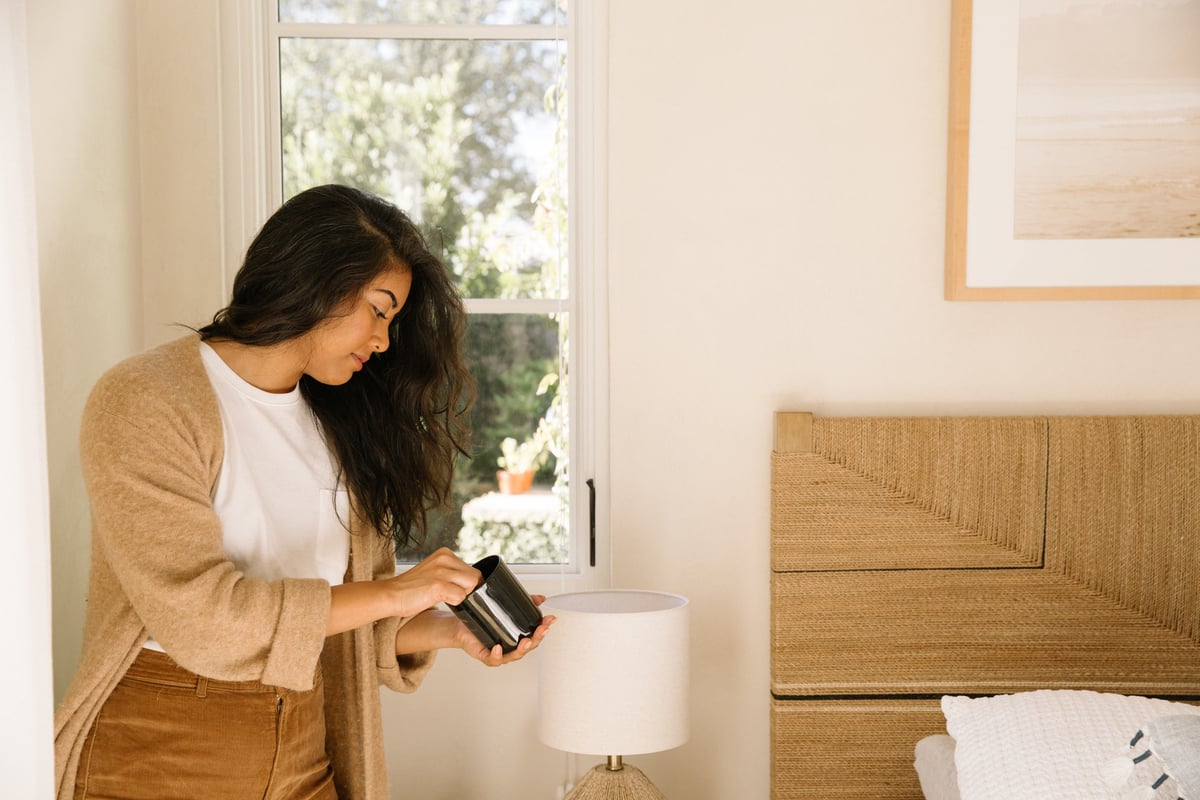The Most Creative Ways to Use the Equity In Your House
A home equity line of credit—or HELOC for those of us who like sounding smart—is a fantastic financial tool. If you’ve heard the old line about how paying rent is throwing your money away but paying off a mortgage...


Photo: Rob Painter (Shutterstock)
A home equity line of credit—or HELOC for those of us who like sounding smart—is a fantastic financial tool. If you’ve heard the old line about how paying rent is throwing your money away but paying off a mortgage builds towards something, a HELOC is an aspect of that: Once you’ve built up equity in your home (essentially the value of the percentage of the home you own), you can pull that money out in a variety of ways.
The most common and obvious use of a HELOC is for home improvement projects. Kitchen renovations are expensive and many of us don’t have a spare $20,000 lying around—but some of us have been making mortgage payments for years and have a lot of equity. Borrowing against that equity at a reasonable interest rate gives homeowners a lot of financial freedom.
But home improvement is just one way a HELOC can help you. Once you’ve built up significant equity in your house, you have a pretty large pool of cash you can draw on. While there are always risks involved with borrowing money, HELOCs in general are affordable and relatively safe ways to tap into the money you’ve paid into the house and use it for a wide variety of purposes. Here are some creative ways to use a home equity line of credit.
How to use a HELOC to pay off your mortgage
This might sound crazy, but you can borrow against your equity in the house in order to pay off your debt on the house. Yes, you’ll still have that debt to pay off, but if you can get a HELOC for a lower interest rate than your current mortgage and you have enough equity to cover the mortgage, this could be a genius move considering how much you’ll save on interest payments. HELOCs also tend to be a lot easier to set up than refinancing or second mortgages, with a lot less paperwork.
The downside is that HELOCs are usually variable-rate products, so what seems like a terrific deal today might turn into a nightmare in a surprisingly short amount of time. After all, one of the great features of a traditional fixed-rate mortgage is stability—the interest rate never changes. This strategy works best if you have a relatively small amount left to pay off on your mortgage, and you have to be very careful about your calculations—but it’s worth considering if the savings are significant.
How to use a HELOC to help you buy a house
You can also use a HELOC to help you buy a house. Using a loan against a house you don’t actually own yet seems kind of nuts, but it’s an established option called a Combo Loan for folks who don’t have a 20% down payment, or who are looking to avoid private mortgage insurance (PMI) or a mortgage categorized as a “jumbo” loan (which have higher qualification requirements). Essentially, you take out a HELOC to fund your down payment, then take out a conventional mortgage as usual. Both loans close simultaneously and all that happens is that you walk into the house on Day One with a HELOC in place.
How to use a HELOC to pay off credit cards
If you’ve racked up tons of high-interest credit card debt, your HELOC may come to the rescue. The average credit card interest rate has been around 14 to 15% for the last few years, and many people have much higher rates depending on their credit score and other factors—some credit cards designed for folks with spotty finances have interest rates that can top out at over 30%.
While HELOCs are usually adjustable rate products (meaning the interest will fluctuate over time), they’re almost always going to be a much better deal than credit cards—currently you can still find HELOCs for under 5 percent if you look. Even if those rates double, you might still save money on that credit card debt if you consolidate it using your equity line.
How to use a HELOC to make a down payment
Something else most people don’t realize you can use a HELOC for: A down payment on another property. Similarly to a Combo Loan, if you’re looking to purchase a rental property or a second home, you can use your current home’s equity to come up with the down payment cash. Is carrying what would essentially be three liens on two properties a wise financial decision? That’s something you’ll have to figure out. But if your numbers work but you lack the liquidity to take advantage of a property, a HELOC might give you the flexibility you need to close the deal.
And if you have enough equity in your current home to just purchase the next one for cash, you can save yourself a ton of time and fees by going this route instead of a traditional mortgage on the second property. This makes your offer on the second house essentially a cash offer, which might also give you an advantage over other buyers.
How to use a HELOC to fund a startup
If you’ve got a business idea, no cash to fund it, and a lot of equity, a HELOC can be a fast and simple business loan to get your idea off the ground. There are, obviously, enormous risks here—if your business fails, you’ll have nothing but debt to show for this, and you’ve wiped out the equity you had and will be faced with paying it off. But it’s also a faster and probably cheaper way to fund your startup than a traditional small business loan—and it makes for a great story when you show up on Shark Tank.
How to use a HELOC as an emergency fund
Finally, consider the fact that you can open a home equity line of credit without using it. HELOCs aren’t forever—they usually come with time limits before they either close or convert into a fixed- or adjustable-rate loan. But those terms are usually pretty long (10 years is pretty common), which means you can have a big tub of cash sitting there ready to use in an emergency. Damage from natural disasters, medical emergencies—any time you need a huge amount of cash to weather a storm in your life, a HELOC will come in handy. Knowing that you have a pool of money that will cover you through any financial surprise will help you sleep at night. And the fact that HELOCs don’t typically cost you anything once they’re established (in terms of fees) means that if you never use it, the only downside will be the extra debt entry on your credit reports, which might impact your score and ability to get other loans.
There’s a reason people still prioritize owning a home: The financial benefits are enormous. A home equity line of credit is one of the most flexible and powerful of those benefits, if you use a little imagination.

 ValVades
ValVades 

































